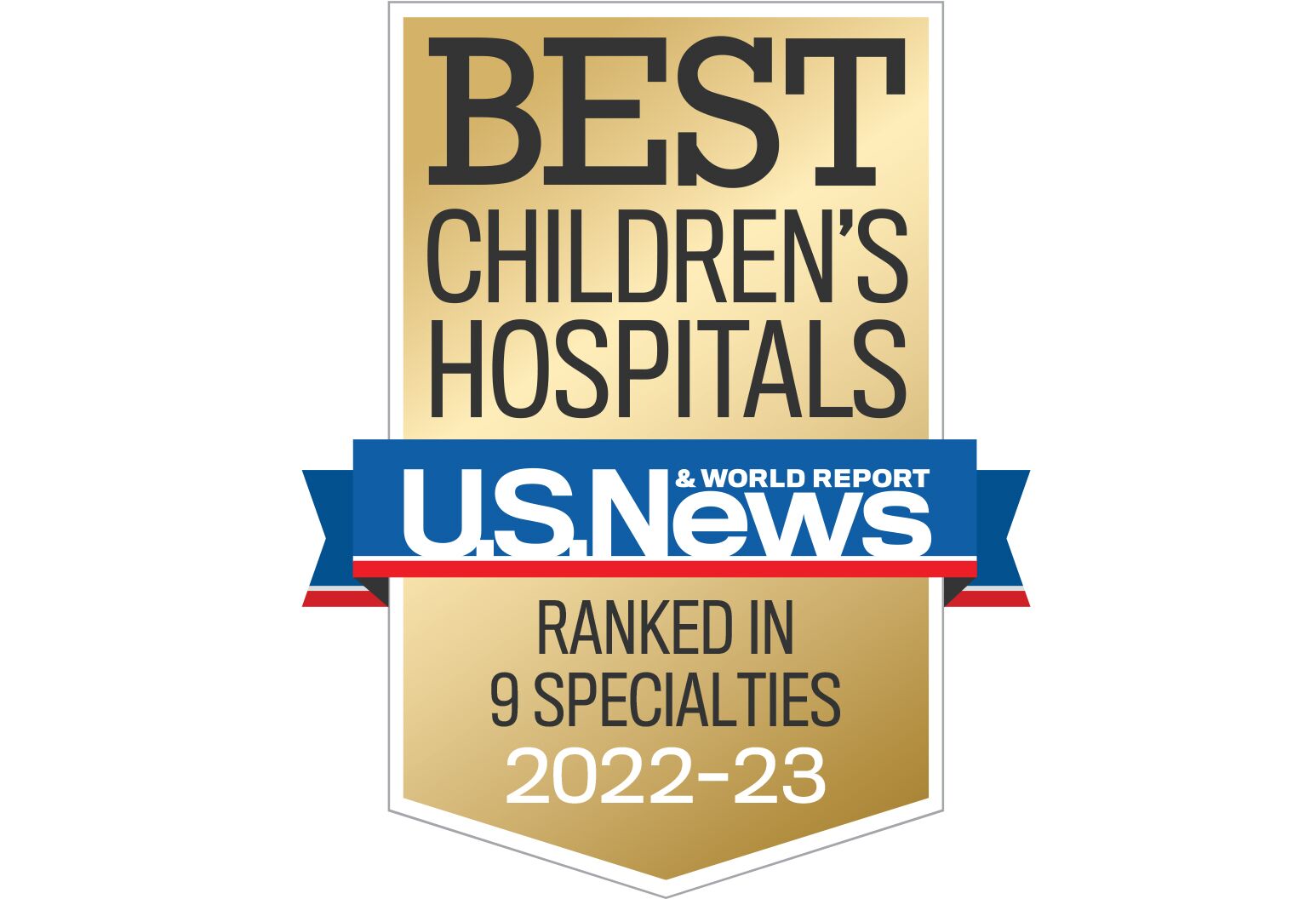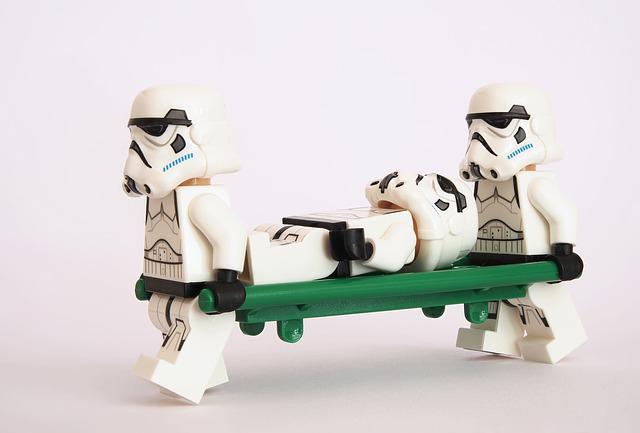
There are several tips to help you get your child to the pediatric ER. It is important to recognize when it's time for your child to go. This is especially true if your child has a medical condition. Not only is it reassuring to hear from a professional that it is time for you to go, but it also means that you don't have to wait around for other children.
A pediatric emergency room is a safe place for your child, and the staff is specially trained to provide high-quality care. Ask questions if you have any concerns. Some ERs provide a child-friendly environment with toys, books, and games. Other ERs have child life specialists, which can help ease your child's anxieties. Bring a translator if you don’t speak English. You can also communicate with the medical staff by using the pediatric ER.
Many children's hospitals offer valet parking at no cost to patients. You can park your car in the valet parking lot, then walk into the ER. The pediatric ER houses four triage rooms. Two trauma rooms are also found in the pediatric emergency room. A nine-bay asthma treatment area is also available at the pediatric ER.

Pediatric emergency department is staffed by board certified pediatricians. Your child will be given expert care. They are also available for consultation at all times, and the nurses are trained in Pediatric Advanced Life Support. There are also many pediatric specialists on staff, including pediatricians, respiratory therapists, phlebotomorphologists, and patient care technicians. These experts are all available to provide additional testing if you need it.
The emergency rooms for children are equipped with iPads and other technology. These tablets can be used to make rounds by doctors and allow them to play computer games. This allows doctors check vital signs, and to care for sick kids. Inhaled Nitric Ox is also used to treat breathing difficulties.
When you arrive, you'll be greeted by a triage nurse, who will ask you about your child's condition. You will be asked about the symptoms of your child's illness, and he will also measure your child's temperature. You will be asked questions by the nurse about your child's health. You may have to see two doctors depending on the type of illness. One will examine you for the Xrays and the other for the blood tests.
You may be able to get written documentation from the ER, which can help you better understand your child's condition. Some ERs provide computer-generated documentation. Others dictate the report, and fax it back to your primary doctor. A container should be brought to store the prescription medication. It is also a good idea if your child has ever swallowed something. It can help your child understand how medicine is supposed to work.

You can also take your child to an emergency clinic, even if they're not sick. Although these clinics can treat minor ailments, such as cuts and scrapes or serious injuries, they may not be able to treat severe injuries.
FAQ
What is the distinction between the health service and the health system?
Healthcare systems go beyond providing health services. They encompass all aspects of the life context, including education, employment and social security.
Healthcare services, on the other hand, focus on delivering medical treatment for specific conditions such as cancer, diabetes, mental illness, etc.
They can also refer to the provision generalist primary healthcare services by community-based doctors working under the direction and supervision of an NHS hospital trust.
What are the three main goals of a healthcare system's healthcare system?
A healthcare system must have three main goals: to provide affordable care, improve patient outcomes, and reduce costs.
These goals were incorporated into the framework Triple Aim. It is based off research by Institute of Healthcare Improvement. IHI published this in 2008.
The idea behind this framework is that if we focus on all three goals together, we can improve each goal without compromising any other goal.
They don't compete against each other. They support one another.
A better access to care can mean fewer deaths due to inability to pay. This reduces the cost of care.
Also, improving the quality of care helps us reach our first goal - to provide affordable care for patients. It improves outcomes.
What are the different health care services?
Patients should be aware of the fact that they have 24/7 access to high-quality healthcare. We are here to help, no matter if you have an emergency or need a routine check-up.
We offer many types and types of appointments. If you live far away from our clinic, we can also provide home health care visits. We will ensure that you get prompt treatment at the nearest hospital if you aren't comfortable visiting our clinic.
Our team includes nurses, doctors, pharmacists, dentists, and other professionals dedicated to providing excellent patient service. Each visit should be as easy and painless as possible.
What role can I play in public healthcare?
You can help protect your own health and the health of others by taking part in prevention efforts. Reporting injuries or illnesses to the health professionals can help improve public health and prevent future problems.
What is an infectious disease?
An infectious disease is caused either by bacteria, viruses, parasites or both. Infectious diseases are spread quickly by close contact. Measles, rubella (German measles), pertussis (whooping cold), rubella (German measles), measles), chickenpox and strep throat are just a few examples.
Who owns the healthcare network?
It all depends on how you view it. The government might own public hospitals. Private companies may run private hospitals. Or you can combine both.
What will happen to the health care industry if Medicare is eliminated?
Medicare is an entitlement program that provides financial assistance to low-income individuals and families who cannot afford their premiums. This program covers more than 40 million Americans.
Millions of Americans will lose coverage if the program is not implemented. Some private insurers may stop offering policies to pre-existing patients.
Statistics
- The health share of the Gross domestic product (GDP) is expected to continue its upward trend, reaching 19.9 percent of GDP by 2025. (en.wikipedia.org)
- Over the first twenty-five years of this transformation, government contributions to healthcare expenditures have dropped from 36% to 15%, with the burden of managing this decrease falling largely on patients. (en.wikipedia.org)
- Price Increases, Aging Push Sector To 20 Percent Of Economy". (en.wikipedia.org)
- The healthcare sector is one of the largest and most complex in the U.S. economy, accounting for 18% of gross domestic product (GDP) in 2020.1 (investopedia.com)
- For the most part, that's true—over 80 percent of patients are over the age of 65. (rasmussen.edu)
External Links
How To
What are the Four Health Systems?
The healthcare system is complex and includes many organizations, such as hospitals, clinics. pharmaceutical companies. insurance providers. government agencies. public health officials.
The goal of this infographic was to provide information to people interested in understanding the US health care system.
These are some of the most important points.
-
Annual healthcare spending amounts to $2 trillion, or 17% of GDP. It's nearly twice the size as the entire defense budget.
-
Medical inflation reached 6.6% last year, higher than any other consumer category.
-
Americans spend on average 9% of their income for health care.
-
In 2014, over 300 million Americans were uninsured.
-
The Affordable Care Act (ACA) has been signed into law, but it isn't been fully implemented yet. There are still significant gaps in coverage.
-
A majority of Americans believe the ACA should be maintained.
-
The US spends more money on healthcare than any other country in the world.
-
Affordable healthcare for all Americans would reduce the cost of healthcare by $2.8 trillion per year.
-
Medicare, Medicaid, or private insurance cover 56%.
-
The top three reasons people aren't getting insured include not being financially able ($25 billion), having too much time to look for insurance ($16.4 trillion), and not knowing what it is ($14.7 billion).
-
There are two types: HMO (health maintenance organisation) and PPO [preferred provider organization].
-
Private insurance covers most services, including doctors, dentists, prescriptions, physical therapy, etc.
-
The public programs cover outpatient surgery as well as hospitalizations, nursing homes, long term care, hospice, and preventive health care.
-
Medicare is a federal program which provides senior citizens with coverage for their health. It covers hospital stays, skilled nursing facility stays and home visits.
-
Medicaid is a state-federal joint program that provides financial help to low-income persons and families who make too many to qualify for any other benefits.